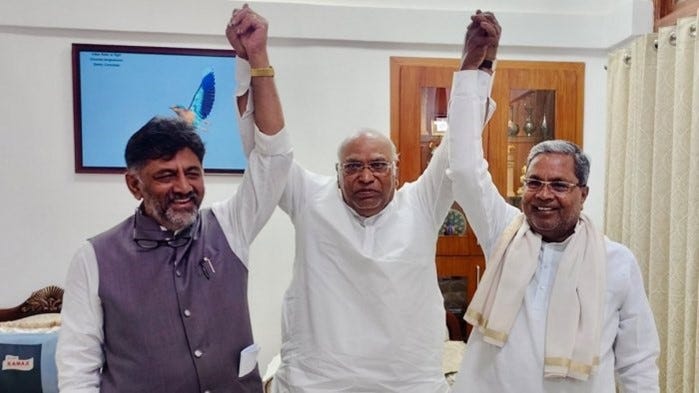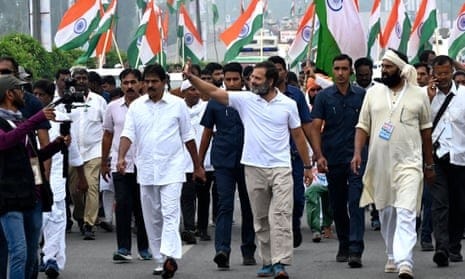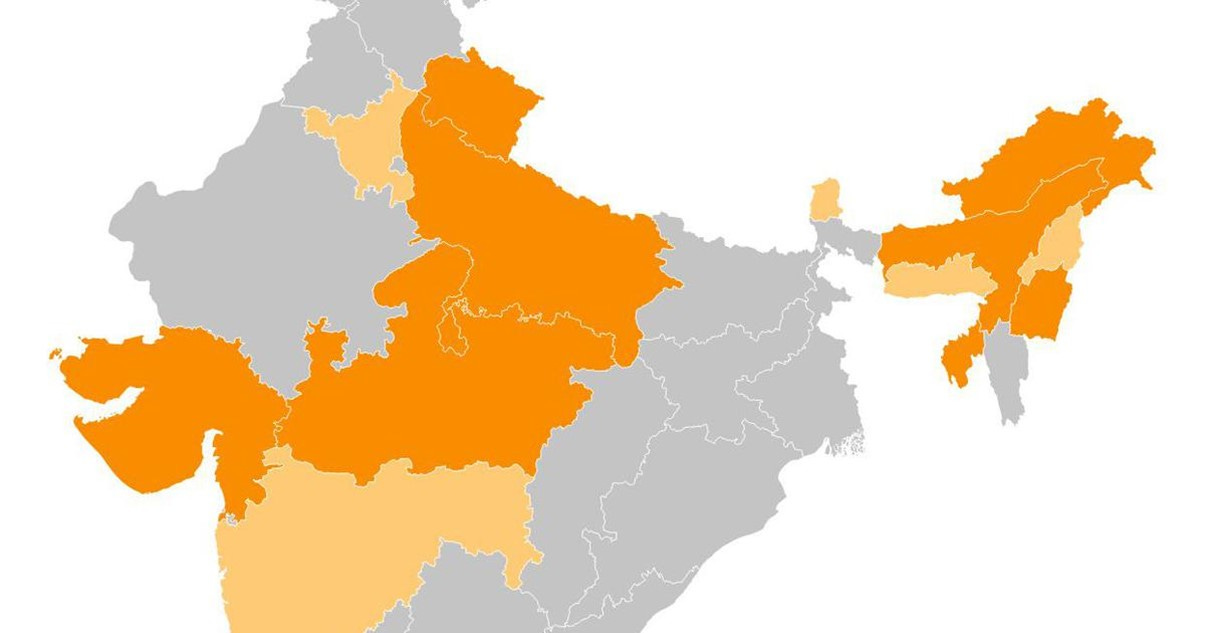Karnataka Poll Loss Bursts BJP’s Invincibility BalloonRahul’s walk across the country rejuvenates Congress in tech-rich stateBy: Jyoti MalhotraFour days after a resurgent Congress Party won the southern state of Karnataka by evicting the ruling Bharatiya Janata Party (BJP), the senior party leadership persuaded rival claimants to the chief minister’s chair to settle their differences and announce one man for the top job. Siddaramaiah, a backward caste leader, will now take the oath as chief minister on May 20, while his closest rival, DK Shivakumar will be named the deputy chief minister. On the face of it, the idea of such a political compromise doesn’t sound like a big deal. After all, the election has been held on time, after five years, as the Constitution prescribes. The losing party has agreed to relinquish power and sit in the opposition. Even Prime Minister Narendra Modi, who put his reputation on the line by holding as many as 19 rallies and six road-shows in the short span of a week on the eve of the May 10 poll, has congratulated the winners. The nation’s attention has been focused on Karnataka these past few days because Congress has surprised everyone by fighting back and defeating the BJP. Modi’s party has been near-invincible in the nine years it has led the country since 2014, in which time it has won almost all elections, both local and national. This time in Karnataka, the Congress surprised the country by pulling off the near-impossible – winning 135 seats out of 224, and reducing the BJP to a mere 66 seats. But Karnataka’s loss is not simply the Congress party’s gain, The loss of Karnataka from the BJP’s fold is significant because India’s information technology-rich state is not just the gateway to the world, it was also the only state in south India that had given itself to the BJP. Certainly, winning a major state like Karnataka is the equivalent of a lifeline for the Congress. Before Karnataka, it ruled only two states of the country’s 28. Its presence in Parliament continues to be abysmal. Winning Karnataka not only gives the Congress access to the cash-rich state’s coffers – it is India’s third wealthiest province, after Maharashtra and Tamil Nadu – it also demonstrates that it can put up a real fight when it wants to. Most of all, it is a shot in the arm of the Congress and its most powerful leader, Rahul Gandhi. Gandhi has been at the receiving end of much censure and sarcasm for the past several years for his inability to dent the BJP’s citadel. The sarcasm has now been replaced by grudging respect. Gandhi’s 3,500 km, five-month march across the country last year, via Karnataka, so enthused the party cadres that many of those who contested the election in areas through which Gandhi marched, won their seats. Karnataka has also shifted the ways of seeing the political map. Seen from the national perspective, the map is painted a predominantly saffron – the color the BJP identifies with. Seen from the multi-coloured perspective of the opposition, it’s clear to see that half of India is actually ruled by political parties that are not the BJP; moreover, in terms of population, the BJP rules over only 45 percent of the people. None of this means, of course, that the BJP is being pushed out of the electoral sweepstakes. It is more than likely that Prime Minister Modi will lead his party to victory in the general elections next year for an unprecedented third time, equalling a record that so far belongs only to India’s first Prime Minister Jawaharlal Nehru. Modi remains wildly popular, even if his party has been wiped out in south India. That may be one moral of the Karnataka story, that the BJP has now been reduced to a North Indian party. Certainly, the numbers tell another part of the story. Uttar Pradesh, India’s largest state with 200 million people, would be the world’s fifth largest country in terms of population if it was independent – it is ruled by the BJP. Uttar Pradesh is what gives the BJP its bump to power – with 80 seats out of 545 in the Parliament, the BJP underscores the adage that “whoever rules Uttar Pradesh, rules India.” Certainly, the Karnataka victory has given a big boost to the idea that if the divided opposition unites, it can stand a chance against the BJP. The first conversations amongst the non-BJP political parties have already taken place. If they can come together, they could throw out the PM’s party. For the moment, that seems most unlikely; the opposition parties are so divided that they would much rather hang separately, rather than hang together. Still, the general election is almost a whole year away – much can happen in this time. As to why the BJP lost Karnataka, the Congress latched on to a simple reason, which is the rampant demand for bribes by the outgoing ruling political class, amounting to as much as 40 percent. The Congress party-created “PayCM” slogan became a code-word for much that was wrong with the BJP – open and brazen corruption. When a local contractor accused a BJP politician of demanding a “40 percent bribe” and committed suicide after, it created ripples across the landscape. Modi’s national focus on eradicating corruption was seen as hypocritical. The party paid the ultimate political price. A second factor that swung the election away from the BJP is the caste factor. The Congress was able to unify the state’s two main caste groups, the Lingayats and the Vokkaligas, as well as backward caste shepherds and lower caste Dalits. Siddaramiah, who will be crowned chief minister this Saturday, was responsible for bringing the multi-variety of castes together to vote for the Congress. In the end, the prime minister’s charisma was simply not enough. Nor was the incredible political management usually demonstrated by Home Minister Amit Shah, often described as Modi’s alter ego. The BJP’s invocation of “Hindutva,” a hardline political-religious card that never fails to polarise Hindu-Muslim communities, also failed to fully poison the electorate in Karnataka. Certainly, the BJP’s defeat has burst the balloon of its invincibility. Karnataka has also set the stage for four more state elections later this year, a dry run for the mother of all general election next year. However those turn out, this week has been a watershed in Indian politics. This article is among the stories we choose to make widely available.If you wish to get the full Asia Sentinel experience and access more exclusive content, please do subscribe to us for US$10/month or US$100/year. |




